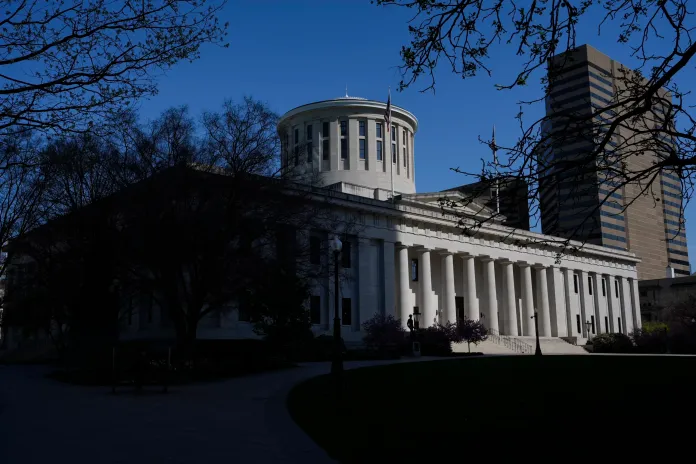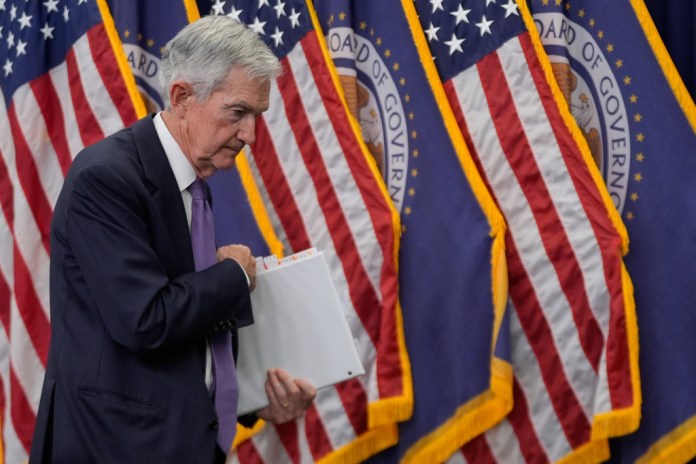Washington Adds Another $1.9 Trillion To The Debt In 2024
A recent report from the Congressional Budget Office (CBO) highlights the significant budget deficits that the U.S. government continues to experience, with a projected deficit of $1.9 trillion for fiscal year 2024. This figure reflects only a slight improvement from the $2 trillion deficit recorded in 2023. The persistent deficits are attributed not to declining revenues—which rose by 9% due to wage growth—but rather to a more substantial increase in spending, which grew by 11%.
Key contributors to the rising expenditures include increased costs in Social Security, Medicare, Veterans Affairs, and refundable tax credits, along with skyrocketing net interest payments due to higher interest rates. The article emphasizes that despite the government’s revenue growth, the unsustainable nature of spending practices poses a risk to national security and financial stability. The analysis suggests that without significant changes to spending policies, the government is on a path toward insolvency, with current measures only slowing down the rate of financial deterioration.
The cliché holds that a picture is worth a thousand words. But a recent chart from the Congressional Budget Office is worth nearly 2,000,000,000,000 (that’s two trillion) words. It illustrates the size of the budget deficits Washington continues to run, year in, year out.
The downward trend of the chart, which shows budget deficits for 2023 and the fiscal year that ended on September 30, echoes the downward trend of our nation’s fiscal trajectory, as lawmakers’ unabated desire to spend money we don’t have jeopardizes our national security — and our future.
Little Budgetary Improvement
The chart comes from a CBO report summarizing the federal government’s budgetary status in the fiscal year just concluded. Excluding the effects of timing shifts (i.e., when payments get transferred from one fiscal year to another because the fiscal year ends during a weekend), the CBO calculated the deficit for fiscal year 2024 as $1.9 trillion.
As large and as incomprehensible as that amount sounds, it actually represents a (very small) improvement from fiscal year 2023. As previously explained last fall, taking out the accounting effects of student loan “forgiveness” — the CBO recorded the Biden administration’s proposal as spending over $300 billion in fiscal year 2022, then recorded the same amount as “savings” when the Supreme Court struck down the plan last year — the federal government ran a $2 trillion deficit in 2023.
But as the dashed pink line in the above chart demonstrates, the $110 billion change in the federal government’s fiscal position from 2023 to 2024 constitutes little more than a drop in the bucket. Because Washington continues to run large and unsustainable deficits, this year’s “improvement” merely means the federal government will become insolvent slightly less quickly.
Revenues Not the Problem
The persistently large deficit in the past fiscal year came as revenues rose significantly. As the CBO explained, the combination of wage growth and natural disasters — the Internal Revenue Service delayed deadlines in some areas, pushing back some tax payments from fiscal year 2023 to fiscal year 2024 — meant that net federal revenues grew by 9 percent, or $343 billion.
But (after adjusting for timing shifts) spending grew by 11 percent, or $699 billion.
Among the major sources of spending growth are the following: Social Security spending rose 8 percent, due to more beneficiaries and a high cost-of-living adjustment — thank you, “Bidenflation.” Medicare spending rose 9 percent, also due to beneficiary growth and higher payments to providers. Veterans Affairs spending rose 12 percent, due in part to legislation Congress passed in 2022 that increased benefits but didn’t pay for that new spending.
Spending on refundable tax credits — effectively, payments to people who have no income tax liability — rose by 16 percent, due largely to an increase in Obamacare enrollment that has become defined by widespread potential fraud. Net interest payments rose by 34 percent, reflecting the interest rate hikes put into effect by the Federal Reserve to tame “Bidenflation.” To put this fact into perspective, our soaring debt and higher interest rates mean that net interest costs now exceed the total cost of the Medicare program. And because of that fact, anyone who says they won’t “cut” Medicare — which unfortunately includes too many Washington politicians these days — isn’t living in reality.
It doesn’t take a Ph.D. in economics to realize that a country spending more than it takes in (and where spending continues to grow faster than revenues) cannot long sustain its fiscal position.
Time to Cut Spending
And yet when the next Congress convenes in January, many lawmakers will want to spend even more money we don’t have to extend the Tax Cuts and Jobs Act, major portions of which expire at the end of 2025. In any sane fiscal scenario, Congress would eliminate this option out of hand — but sanity has little to do with lawmakers’ behavior these days.
Conservative lawmakers have plenty of options to extend the Tax Cuts and Jobs Act — and do so permanently — but there’s one big catch: They must have the fiscal discipline to cut spending. This option would move the country in an incredibly positive direction, where instead of having low-tax Republicans compete with high-spending Democrats, Americans might actually see a political movement focused on getting spending low, and keeping it there.
Sooner or later, Washington will have to cut spending. The only question is whether Congress will do so voluntarily or wait until the nation faces an immediate fiscal crisis. As the CBO report reminds us, every day in which lawmakers fail to act means that our nation loses financial and economic leverage, and our adversaries gain an advantage.
Chris Jacobs is founder and CEO of Juniper Research Group and author of the book “The Case Against Single Payer.” He is on Twitter: @chrisjacobsHC.
" Conservative News Daily does not always share or support the views and opinions expressed here; they are just those of the writer."




